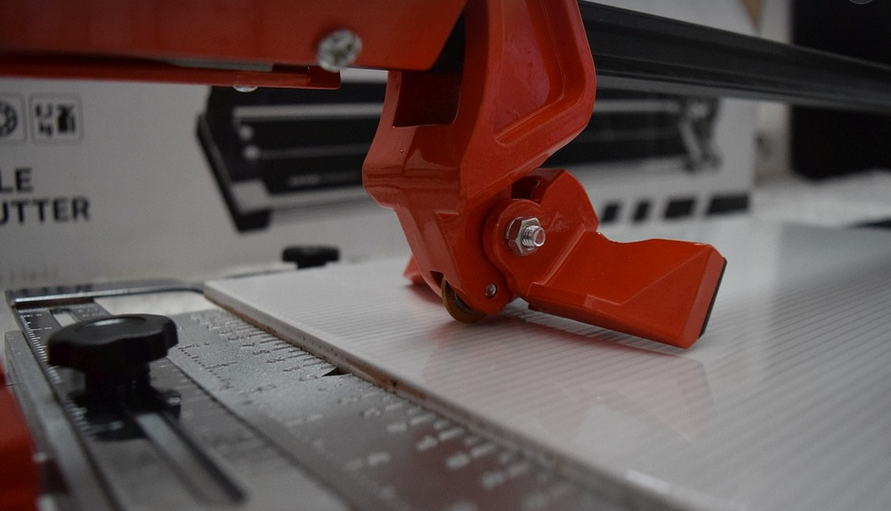
How To Cut A Pipe Without A Pipe Cutter In 2025
A Handyman’s Guide to Circumventing the Cutter
So, you’ve got a pipe that needs to be cut. You don’t have your trusty pipe cutter at hand, and you’re left wondering how on earth you’ll tackle this plumbing puzzle. Don’t panic! There are surprisingly effective methods for cutting pipes without relying on the traditional pipe cutters. While these can sometimes take a bit of practice and might not always be ideal, they offer a decent workaround when faced with unexpected plumbing needs.
Why You Might Not Want to Use a Traditional Pipe Cutter
Before we delve into alternative methods, let’s address why you might find yourself in the predicament of needing to cut a pipe without a pipe cutter. First and foremost, there are times when a regular pipe cutter simply doesn’t work, perhaps due to material thickness, corrosion, or even the type of pipe. In such cases, using a traditional pipe cutter can be incredibly risky or just plain impossible.
Pipe cutters themselves have a limited capacity. They are specially designed to make precise cuts on specific types and thicknesses of pipes. When it comes to unconventional materials or more complex pipe shapes, they can struggle or even fail completely. While they’re great for general plumbing jobs, they may not be your go-to solution in all situations.
The Art of Using a Hacksaw
For many users, the best way to cut pipes without a dedicated pipe cutter is by using a hacksaw. These tools are designed for intricate work and can handle a wide range of materials, including metal, plastic, and even wood. The key factor in this process is to use it correctly.
To safely utilize a hacksaw for pipe cutting, you need to ensure proper positioning. You don’t want the blade to slip or snag on the pipe itself. This can cause uneven cuts that may require additional work or even damage to your pipes. Remember to always wear safety gear like gloves and goggles to protect yourself from potential splinters and flying debris.
The Power of a Dremel
For those who have access to power tools, the Dremel is a fantastic option for cutting pipes. This versatile tool can be used for shaping, grinding, sanding, or even cutting through various materials, including metal pipes. It’s compact, easy to use, and offers precise control over the cutting process.
To maximize your Dremel’s potential for pipe cutting, it’s crucial to utilize the appropriate attachments like diamond-tipped blades or grinding wheels designed specifically for this purpose. Remember, these tools are powerful, so always work within a safe environment and ensure proper ventilation. Before you begin cutting, practice on scrap material to get a feel for how the tools work with the pipes.
Mastering the Art of Cutting: Techniques and Tips
Choosing the right technique relies heavily on the pipe you’re working with. Here are some general approaches to cutting pipes without traditional cutters:
**1. Sawing:** This is a straightforward approach. Use the hacksaw method described above, being mindful of blade alignment and pressure control. For intricate cuts on thin-walled pipes, this technique often proves effective.
**2. Dremel:** The Dremel offers precise control and can be used for both straight and curved cuts. Ensure you use a diamond-tipped blade or grinding wheel suitable for metal and adjust the speed accordingly to prevent overheating.
**3. Water Jet Cutting:** If your pipes are made of thick materials like steel, consider water jet cutting for precise and efficient cuts. It’s an advanced technique that requires specialized equipment but is worth exploring for larger projects.
Safety First!
No matter which method you choose, safety should be paramount. Always wear protective gear such as gloves, goggles, and even ear protection when working with power tools or manual cutting techniques.
**1. Personal Protective Equipment:** Gloves offer a barrier against sharp edges and potential cuts, while goggles help shield your eyes from flying debris. Ear protection is crucial when operating noisy tools that may increase your risk of hearing damage in the long term.
**2. Work Area Preparation:** A well-lit area with ample ventilation helps minimize risks associated with fumes and dust generated by cutting materials. You should also ensure you have a stable work surface to prevent accidents or injuries during the cutting process.
Always prioritize safety over speed. If you’re unsure about any aspect of the cutting process, consult with an experienced professional for guidance. Remember, it’s better to err on the side of caution and strive for precision rather than rushing into a potentially risky situation.
The Future of Pipe Cutting
While traditional pipe cutters remain relevant, we can expect innovation in this field. Expect advancements in specialized tools designed for faster and easier cutting, as well as new materials that make pipe cutting more efficient and user-friendly.
For the upcoming year, 2025 is likely to witness a surge of developments and innovations in cutting techniques. For instance:
- **Smart Pipe Cutters:** Imagine a machine that automatically adjusts its blade based on the pipe material for more precise cuts.
- **Robotic Cutting solutions:** Autonomous robots equipped with specialized cutting tools are set to revolutionize pipe cutting in various industries.
- **Laser-based cutting:** The use of lasers to cut pipes is becoming increasingly popular, offering cleaner and faster results compared to traditional methods.
As technology progresses, we can expect to see a shift towards more efficient, precise, and user-friendly pipe cutting solutions in the future.